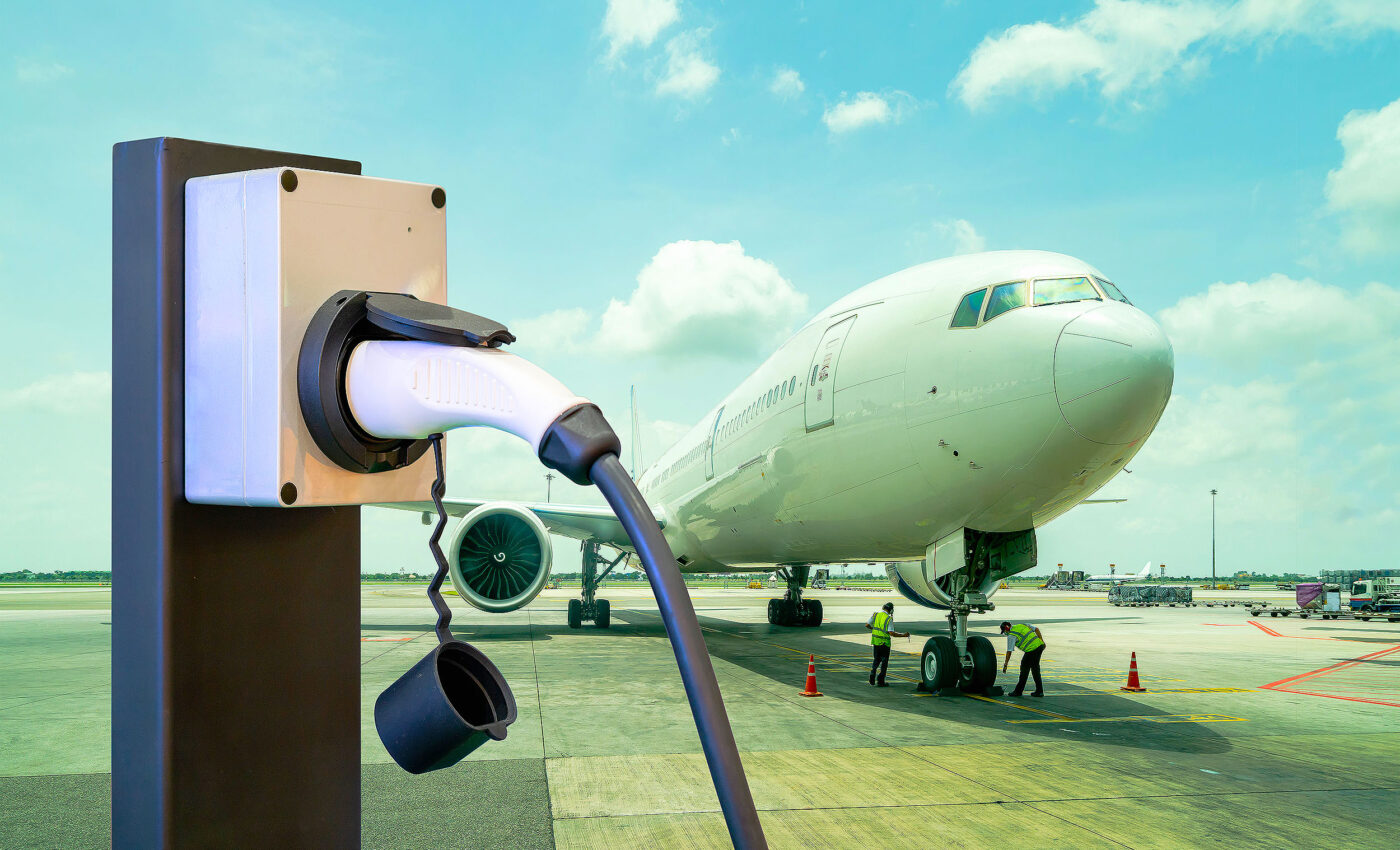
Electric aircraft demonstrate major climate benefits
The aviation industry, accounting for about 2 percent of global carbon dioxide emissions and 4 percent of climate change impacts annually, stands at a critical juncture. In the quest to mitigate these environmental ramifications, electric aircraft are emerging as a promising avenue.
Recent advancements have ushered in the first generation of electric aircraft, predominantly utilized for pilot training and short-range flights.
Environmental impact of electric aircraft
The life cycle assessment of such aircraft offers insightful revelations about their potential in reducing aviation’s environmental footprint.
Rickard Arvidsson, the lead author of the study from Chalmers University of Technology, emphasizes the immediate and future applications of these electric aircraft.
“In the short-term future, battery-powered electric aircraft will probably mostly be used for shorter distances, such as what in Norway is called “fjord-hopping”, meaning shorter flights between deep fjords,” explained Arvidsson.
“In a larger perspective, the study shows that battery-powered electric aircraft have the potential to significantly reduce environmental impacts of aviation.”
How the study was conducted
The team’s study centered on the “Pipistrel Alpha Electro,” a two-seater, battery-electric aircraft, juxtaposed against its fossil fuel-powered counterpart for a comprehensive analysis.
The life cycle assessment spanned from raw material extraction to the aircraft’s end of life, focusing on a functional unit of 1-hour flight time.
This approach, fortified with data from the aircraft manufacturer, enabled a detailed exploration of each aircraft’s environmental impact.
Their investigation encompassed a broad spectrum of environmental categories, including global warming potential, mineral resource scarcity, particulate matter formation, acidification, and ground-level ozone formation.
These factors, indicative of an aircraft’s ecological footprint, were meticulously examined.
Key insights on electric aircraft
Arvidsson provides a crucial takeaway from the study.
“The key take-home from this study is that small electric aircraft can have a notably lower climate impact — up to 60 percent less — and other types of environmental impacts than equivalent fossil-fueled aircraft,” he said.
“However, there is a trade-off regarding mineral resource scarcity – about 50 percent more even in the most favorable scenario, mainly due to rare metals in the batteries of the electric aircraft.
The study also delves into the life cycle of electric aircraft, paralleling it with electric cars. Initially, the production of their batteries, requiring substantial energy and resources, presents a higher environmental burden.
However, as the aircraft is utilized, its benefits, chiefly emission-free propulsion, become increasingly apparent.
A ‘break-even’ point is reached after about 1,000 flight hours, beyond which the electric aircraft’s climate impact becomes lower than its fossil fuel counterpart. This finding assumes optimal conditions, including the use of green energy.
Better battery technology needed
Senior Researcher Anders Nordelöf, another author of the study, highlights the significance of battery longevity.
“The lifetime of the lithium-ion batteries, however, would have to be about twice as long for the mineral resource scarcity to be about the same for the electric airplane and the fossil-fuel aircraft,” Nordelöf explains.
“Alternatively, have double the energy storage capacity such that only one of two packs are needed onboard for the same flight time,” he said.
The study concludes with a forward-looking perspective on battery development, which is pivotal in reducing the life cycle impacts of electric aircraft.
Post-study advancements have seen the aircraft model’s battery life triple. New battery technologies, like lithium-sulfur, are in the pipeline, potentially enhancing the electric aircraft’s environmental performance further.
“There is a constant development of lithium-ion batteries that can improve the environmental performance of the electric aircraft and make it relatively even more preferable than the fossil-fueled one,” Arvidsson says.
There are also new battery technologies that could be developed and be applicable to electric aircraft in a longer time perspective, such as lithium-sulfur batteries, although these are still in an early phase of technology development,” he concludes.
A greener horizon with electric aircraft
In summary, the emergence of electric aircraft, as explored in the comprehensive study by Chalmers, marks a significant stride towards sustainable aviation.
With the potential to drastically reduce climate impact by up to 60 percent, these innovative aircraft stand as a testament to the possibilities of greener transportation.
While challenges like mineral resource scarcity and battery longevity persist, ongoing advancements in battery technology, such as the promising lithium-sulfur batteries, pave the way for an environmentally responsible future in the skies.
As we witness the evolution of electric aircraft, we embrace a new chapter in aviation, one that aligns technological progress with ecological responsibility, steering us towards a more sustainable world.
The full study was published in the The International Journal of Life Cycle Assessment.
—–
Like what you read? Subscribe to our newsletter for engaging articles, exclusive content, and the latest updates.
—–
Check us out on EarthSnap, a free app brought to you by Eric Ralls and Earth.com.
—–













